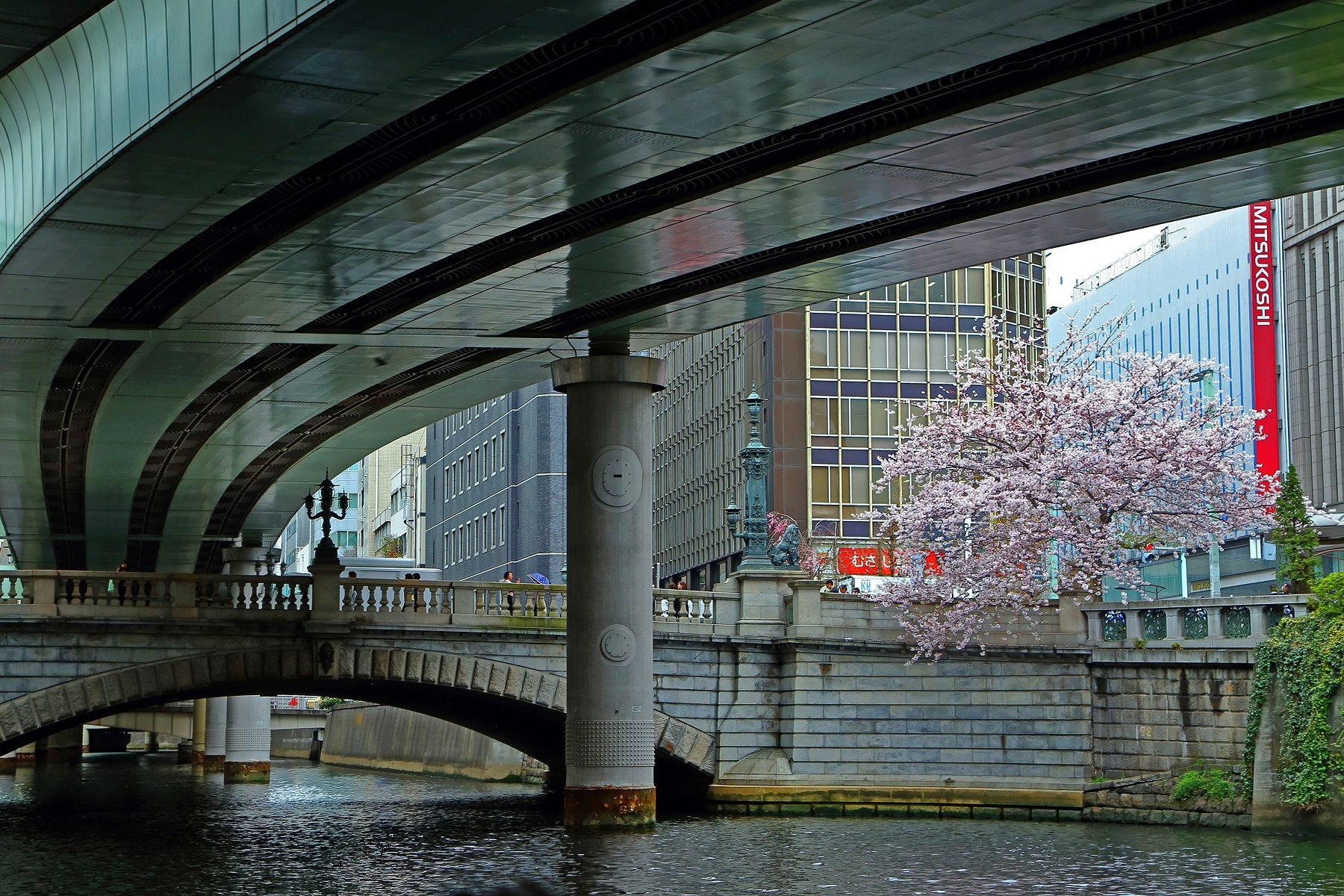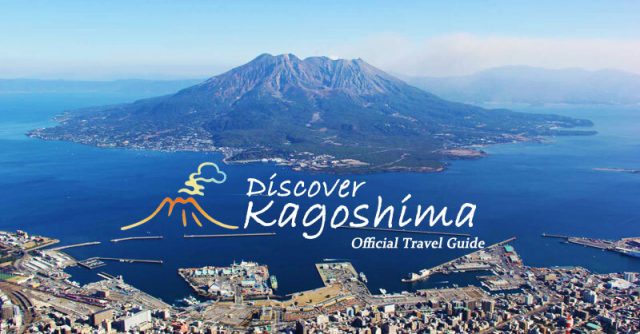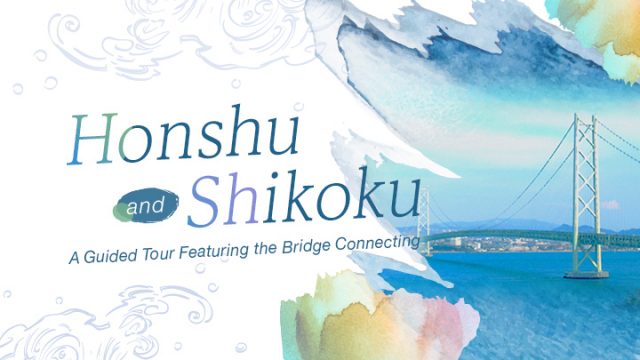江戶時代時~人民的聚集地~化身高級地段的⋯日本橋

Verified [Verified] denotes information that has been published with confirmation of its owing parties.
Nihonbashi
It is the center of the transportation network and a commercial area that has continued to develop since the Edo period with kimono stores - department stores.
Nihonbashi is located in the northern part of Chuo-ku, Tokyo. The name "Nihonbashi" comes from the bridge built across a canal in 1603, and the year Tokugawa Ieyasu established the Edo shogunate. In addition to its function as a landing place for unloading materials, Nihonbashi was the starting point of the "Gokaido" that led to the development of roads throughout Japan, making it an important hub for transportation and distribution on land and sea. Many merchants and townspeople gathered in the area, making it a representative downtown area.
In the Edo period, kimono stores opened one after another in the area around "Tori 1-chome," which corresponds to today's Chuo-Dori Street. Later, as Japan modernized during the Meiji period (1868-1912), kimono stores were replaced by department stores. Even today, the area is crowded with large-scale commercial facilities, including the "Nihombashi Mitsukoshi Main Store," the first department store in Japan, the "Nihonbashi Takashimaya Department Store," which is designated as a National Important Cultural Property, and "COREDO Nihonbashi," which opened on the site of the former "Shiroki-ya" and "Tokyu Department Stores," making it one of the most prosperous commercial areas in Tokyo.
Highlights
-
Since the Edo shogunate was established, the area has developed as an important transportation and logistics center.
-
The kimono stores that flourished during the Edo period were converted to department stores during the Meiji period.
-
Many commercial facilities such as Mitsukoshi, Takashimaya, and COREDO Nihonbashi are still located around Chuo-Dori Avenue.
-
The Gokaido were built around Nihonbashi; even today, seven national highways begin and end at Nihonbashi.
Photos
-
![Various events are held on Chuo-Dori Street, which is always crowded with people.
Photo by: General Incorporated Association Chuo-ku Tourist Association]()
Various events are held on Chuo-Dori Street, which is always crowded with people. Photo by: General Incorporated Association Chuo-ku Tourist Association
-
![The current Nihonbashi bridge, built in 1911
Photo by: General Incorporated Association Chuo-ku Tourist Association]()
The current Nihonbashi bridge, built in 1911 Photo by: General Incorporated Association Chuo-ku Tourist Association
-
![The city at night is also impressive with its twinkling neon lights.
Photo by: General Incorporated Association Chuo-ku Tourist Association]()
The city at night is also impressive with its twinkling neon lights. Photo by: General Incorporated Association Chuo-ku Tourist Association
Reviews
-
鄭畫詩
-
Eva Chang
在這個走三步就有一段故事的老街,感受新舊對照交織的東京風景~日本橋😀
-
張家橋
日本橋COREDO~是購物的天堂.有很多美食.還有特色小店~是東京血拼的好地方.
-
施文千
日本橋附近有百年歷史的三越百貨創始店,很喜歡他內外裝潢都極為氣派奢華風格👍
-
陸曼心
日本橋因身為江戶時代的發展重心而繁榮一時,街道上處處留存著~很多故事的老街,感受新舊文化交織的東京風景。
Details
- Name in Japanese
- 日本橋
- Postal Code
- 103-0022
- Address
- Nihonbashi, Chuo-ku, Tokyo
- Telephone
- 03-6228-7907(General Incorporated Association Chuo-ku Tourist Association)
- Directions
- A short walk from Nihonbashi Station on the Tokyo Metro Tozai Line and Toei Subway Asakusa Line
- Website
- Official Website (English)



















